Hiking and Camping:
How to Combine Both Outdoor Adventures
Combining hiking and camping allows outdoor enthusiasts to fully immerse themselves in nature while also getting in a great workout. Spending days wandering forest trails under open skies before retiring to a cozy campsite under the stars connects us to the wilderness in an exhilarating way. With some preparation and know-how, it’s easy to have an epic adventure hiking to your campsite.
#1 Planning Your Hiking and Camping Adventure
Choosing the right hiking trail that allows camping is key. Look for trails that have established campgrounds or allow dispersed camping. Consider the following when planning:
- Camping Regulations: Many trails prohibit camping or restrict it to designated sites that require reservations. Research rules and permits needed for camping along your chosen hiking trail.
- Distance and Difficulty: Choose a hiking distance and terrain that matches your group’s fitness and experience level. Add up mileage between desired campsites.
- Campsite Placement: Use trail maps to plan potential campsites that will split up the daily hiking distance into reasonable segments.
Having a plan that fits your needs will let you fully enjoy both the hike and camping portions of your adventure.
#2 Packing Tips for Hiking & Camping
Combining hiking and camping requires gear for both activities. Pack smart by focusing on these essentials:
- Hiking Clothes and Footwear: Choose lightweight, quick-drying clothing and socks. Break in hiking boots/shoes beforehand.
- Camping Gear: Pack a lightweight backpacking tent, sleeping bags and pads. Focus on keeping gear compact and minimal.
- Camp Kitchen Supplies: Include portable cookstove, cookset, utensils, cups, and spices.
- Food: Pack easy lightweight, high-protein snacks and meals. Consider no-cook options.
- Water Treatment: Bring filtration system or treatment tablets if water access along trail is uncertain.
- Safety Items: First aid supplies, whistle, maps, bug spray and sun protection are essentials.
Packing the right combination of hiking and camping gear will keep your pack light and let you focus on the adventure itself.
#3 Setting Up a Campsite for Comfort and Safety
Choosing the right campsite location greatly impacts your comfort and safety while camping near hiking trails. Follow these tips when selecting where to pitch your tent:
- Arrive Early: Get to your planned camp area with daylight left to scout the perfect spot. Look for:
- Level, high ground that will stay dry if rain falls
- Natural shelters around trees/boulders to block wind/exposure
- Areas away from standing dead trees, thick brush and nests
- Set Up Tent: Position tent entrance away from the prevailing winds. Use natural rocks/stakes to secure rain fly lines.
- Leave No Trace: Use existing fire rings and disturbance areas. Carry out all trash and food waste. Bury human waste properly.
Taking time to find an ideal campsite and treating the area with care will allow the wilderness to be preserved for future hikers and campers.
#4 Starting a Campfire Safely and Responsibly
Campfires are a beloved part of the camping experience. When done safely, they provide warmth, light and ambiance as well as a way to cook meals. Keep these tips in mind:
- Check Regulations: Many areas have seasonal or permanent bans on open fires. Always review current rules on campfires.
- Choose Site Wisely: Use existing fire rings when possible or create a low-impact ring using rocks from the area.
- Clear Surrounding Area: Remove all flammable material like twigs, grass and leaves at least 3 feet around the pit.
- Have Fire Safety Gear Nearby: Keep a water bucket and shovel close by to douse the flames when finished.
- Burn Responsibly: Avoid burning anything that will leave toxic waste like plastics or foil. Carry out any uneaten food waste.
Following responsible fire practices reduces the risk of wildfires and keeps the wilderness pristine. Extinguish fires completely before going to sleep or leaving site.
#5 Enjoying Your Days on the Trail
Hiking to a remote campsite allows you to truly unplug and immerse yourself in nature. Here are tips for making the most of your days spent wandering scenic trails:
- Navigate Wilderness Trails: Brush up on map, compass and GPS skills beforehand. Know how to determine coordinates, elevation, direction.
- Take Regular Breaks: Stop to rest feet, snack and hydrate about every 2 hours spent hiking. Helps avoid fatigue and injury.
- Respect Wildlife: Observe any animals, birds, or insects from a safe distance. Never feed or disturb them.
- Follow Trail Courtesy: On narrow trails, downhill hikers should yield to uphill traffic. Pass politely and make your presence known.
- Leave No Trace: Stay on marked trails to avoid trampling fragile vegetation. Carry out all trash and waste.
Treating both the wilderness and fellow adventurers with respect ensures the trail experience is preserved for future generations.
#6 Staying Safe While Hiking and Camping
While the adventurous nature of hiking to a backcountry campsite is part of the appeal, it also creates additional safety considerations:
- Check Conditions: Research the trail conditions, weather reports, snowfall and wildlife activity before embarking. Prepare accordingly.
- Bring Emergency Beacons: Carry a whistle, flare, satellite communicator or GPS tracking device to call for emergency help if injured.
- Always Inform Others: Leave your hiking and camping plans with someone. Stick to proposed route and check-ins.
- Learn First Aid: Know how to treat sprains, wounds, altitude sickness and other common hiking ailments.
- Recognize Danger Signs: Watch that group members aren’t showing signs of dangerous heatstroke, hypothermia or dehydration.
Following safety best practices and staying alert allows you to relax and enjoy the natural beauty found on hiking and camping adventures.
Conclusion
Combining hiking and camping allows adventure seekers to challenge themselves physically while also finding serenity in remote wilderness settings. With informed planning, responsible practices and proper precautions, these dual adventures build life-long memories.
FAQs about Camping and Hiking
Look for trails that have established campgrounds or designate areas for dispersed camping. Always check regulations to see if camping is allowed or requires reservations/permits.
Bring topographic maps of the area and a compass and know how to use them. Also consider bringing a GPS device or downloading an app with maps for additional position tracking capability.
Focus on lightweight, high-protein and high-energy foods that don’t require refrigeration. Good choices include nutrition bars, dehydrated fruit/meals, peanut butter, nuts/trail mix, canned meat and dried jerky.
When hiking uphill on steep and narrow sections of trail, keep at least 50-100 ft between hikers. This allows safe space in case of slips and rockfalls from those above. More space may be warranted for loose, gravel trails.
Yes! Though less common than winter, hypothermia can still occur in summer months at high altitudes or with unexpected cold rain/wind. Always keep extra insulating and waterproof layers handy.
Thank you for taking the time to explore our article! If you’re hungry for more camping tips and outdoor adventures, check out our next insightful piece on essential gear for a memorable experience here. Happy reading!


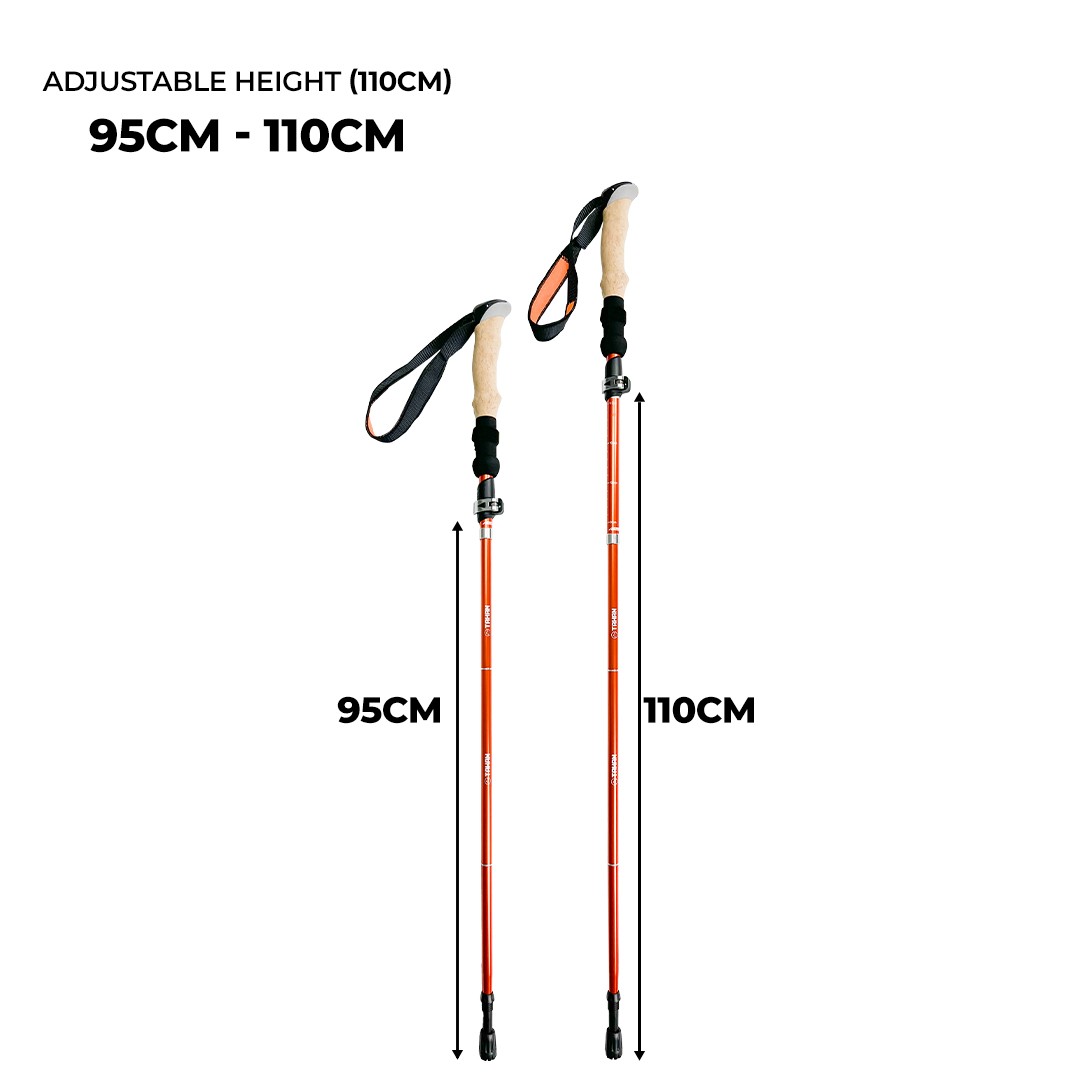
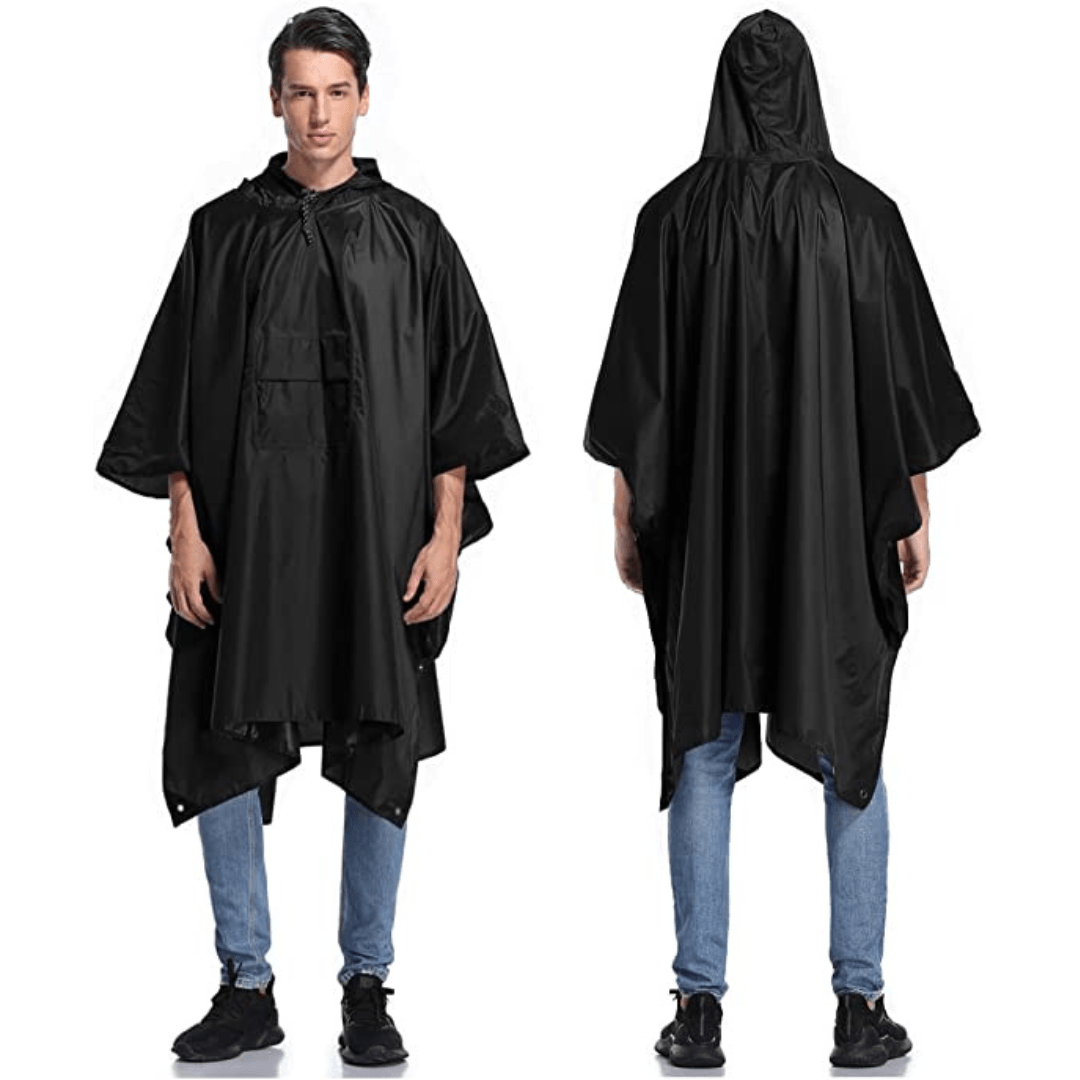

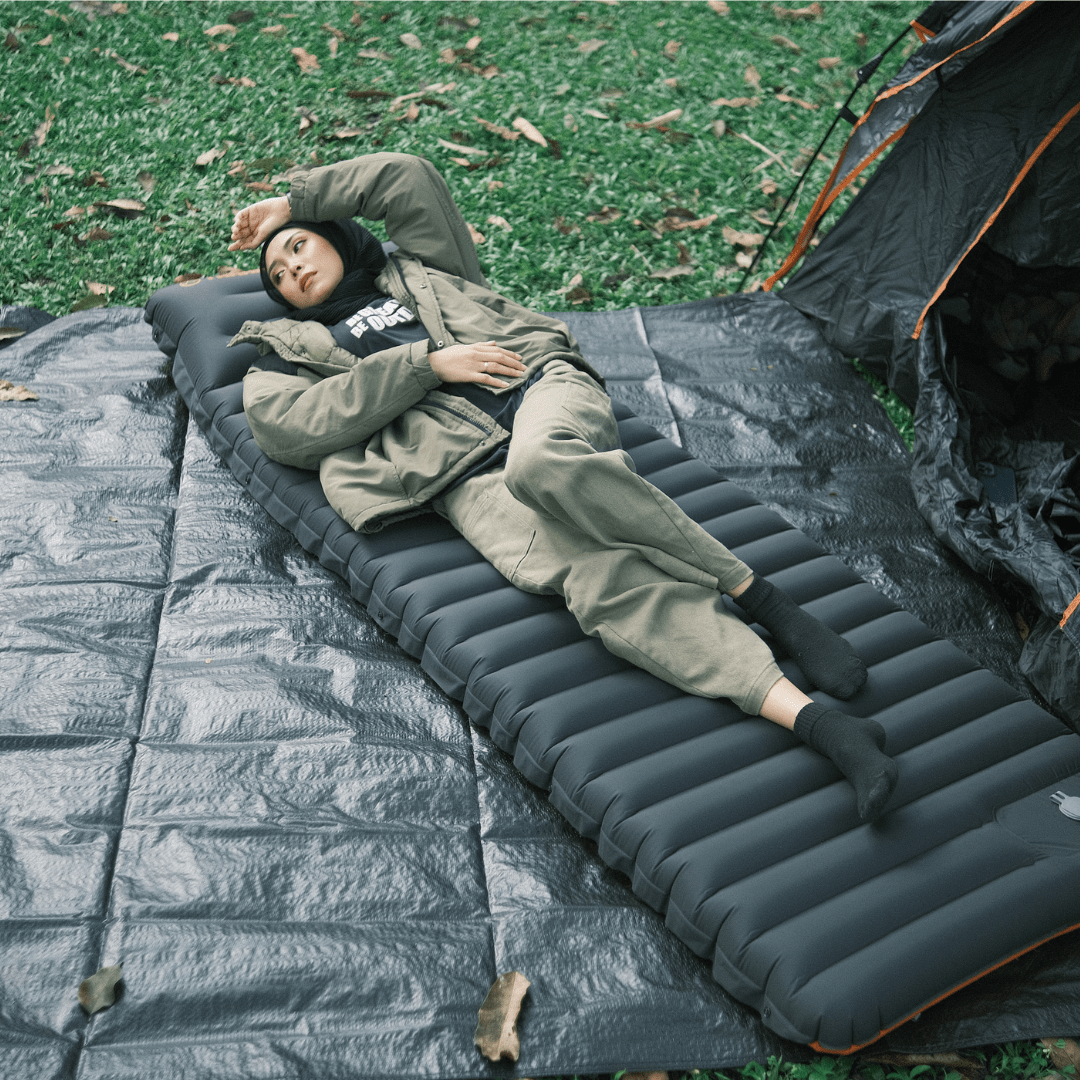
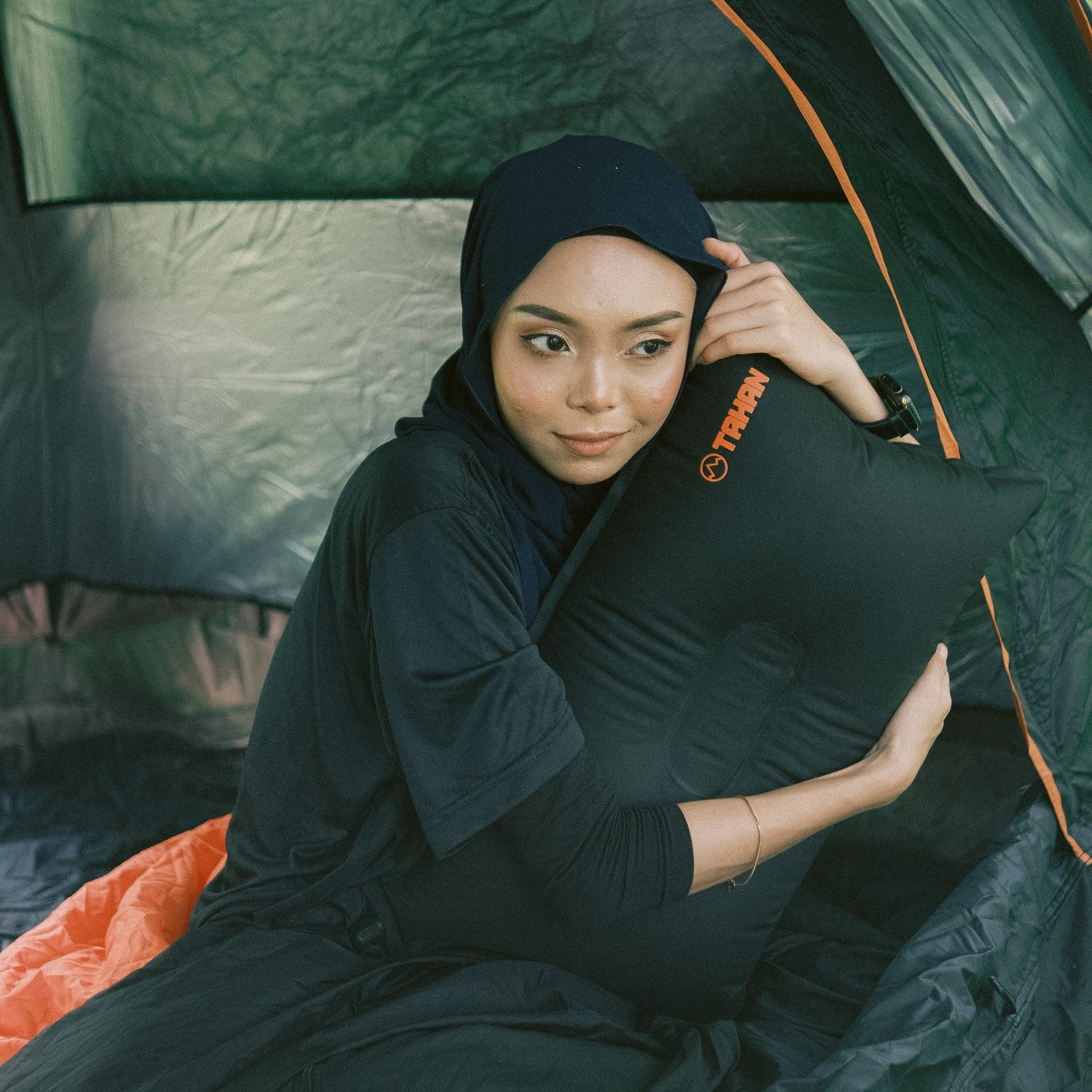
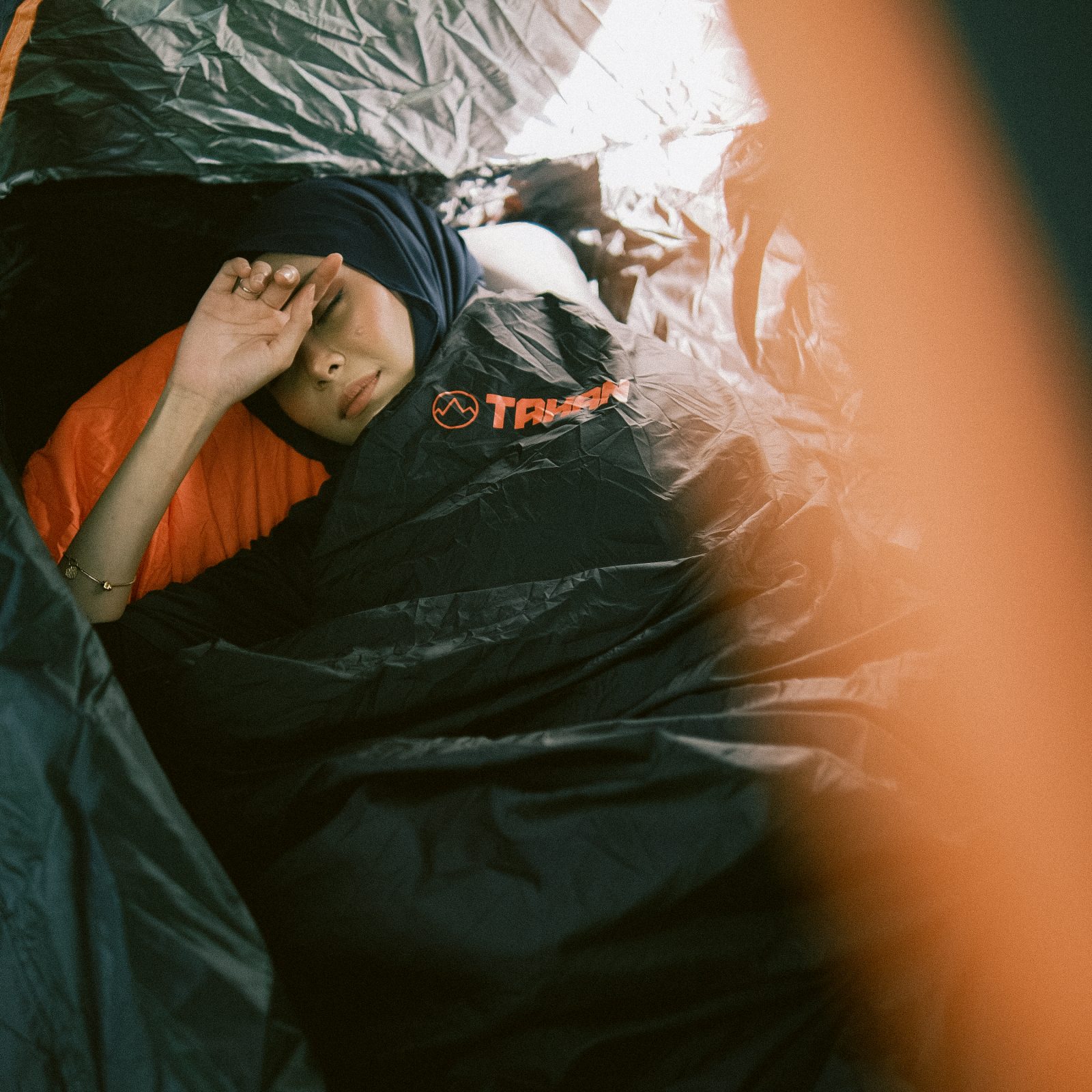
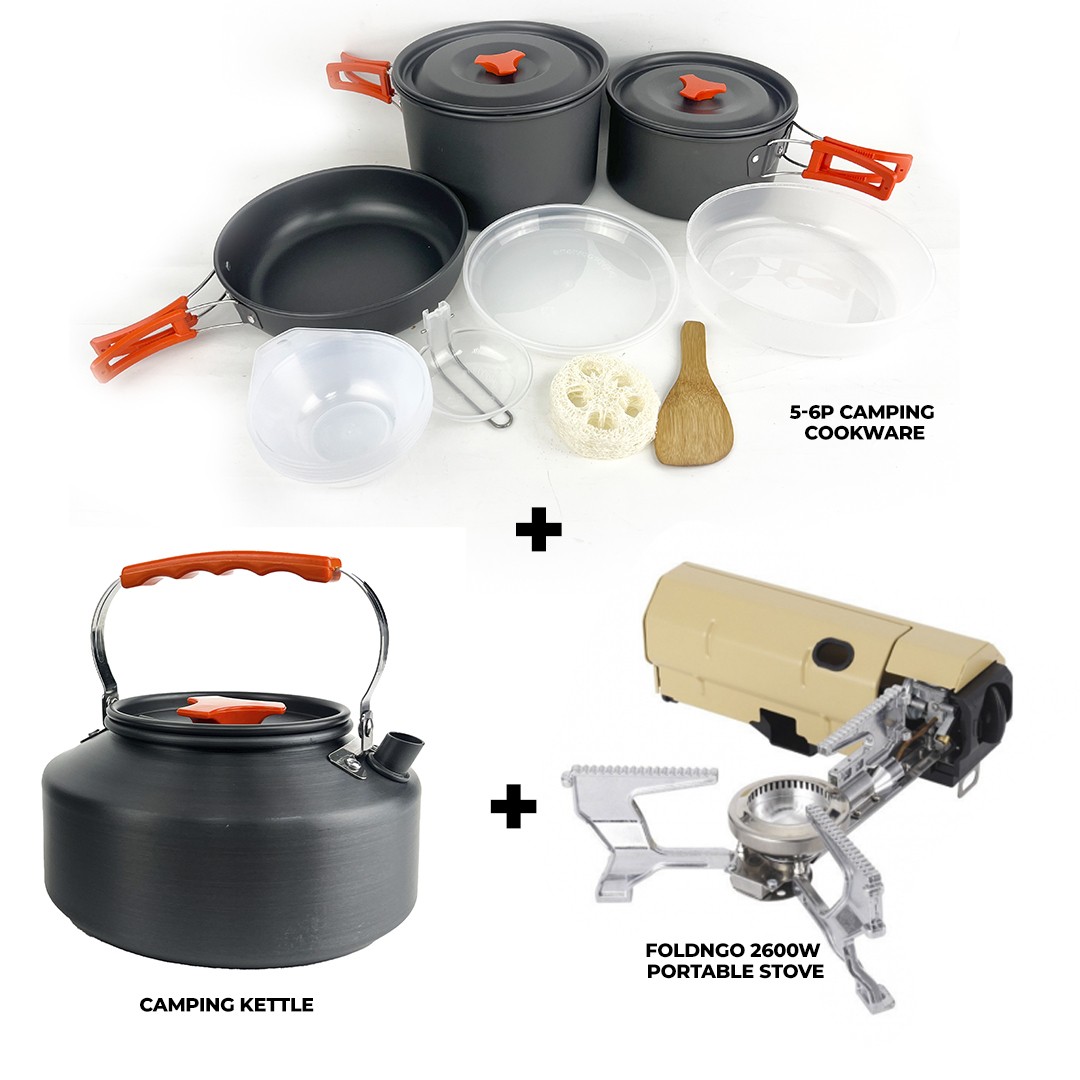
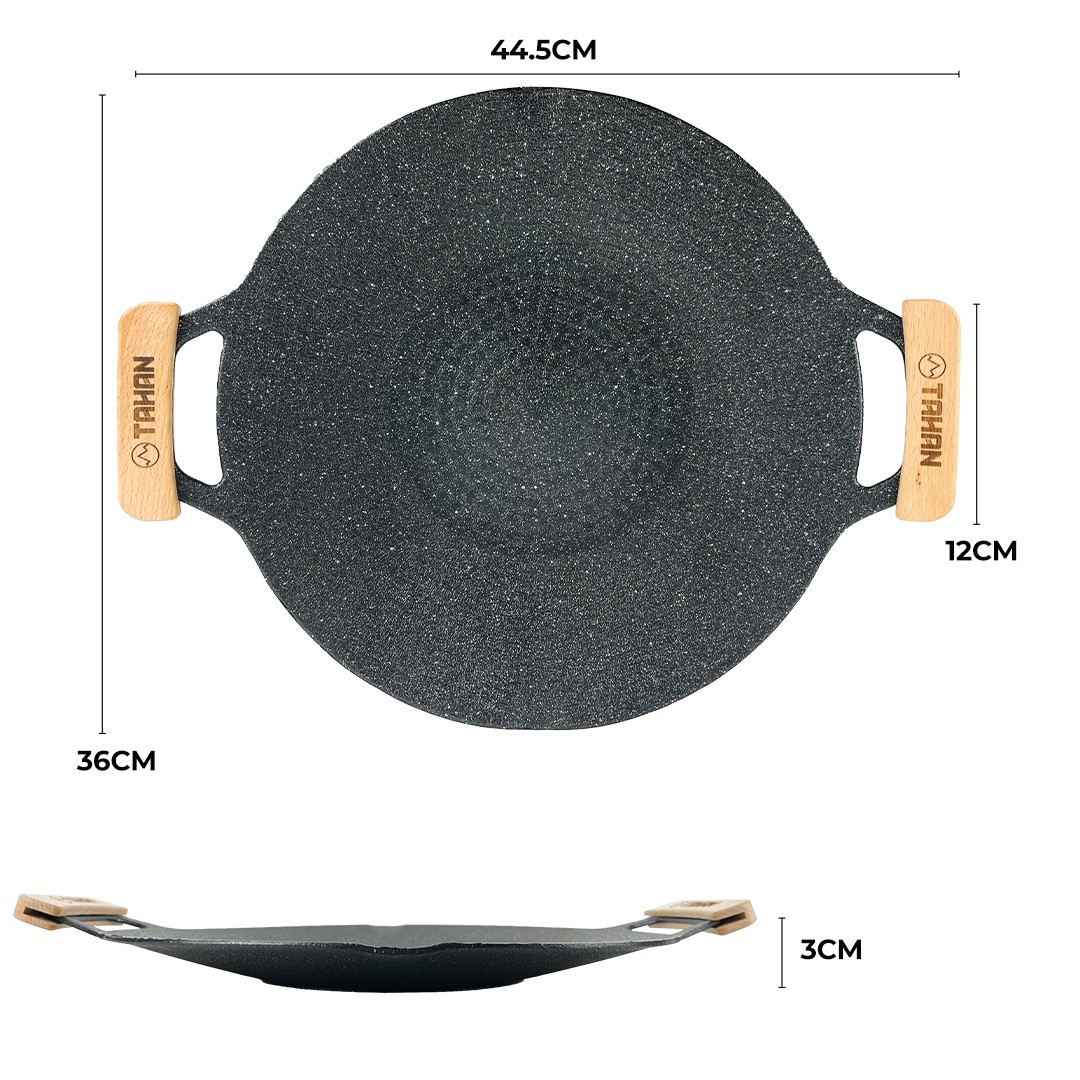
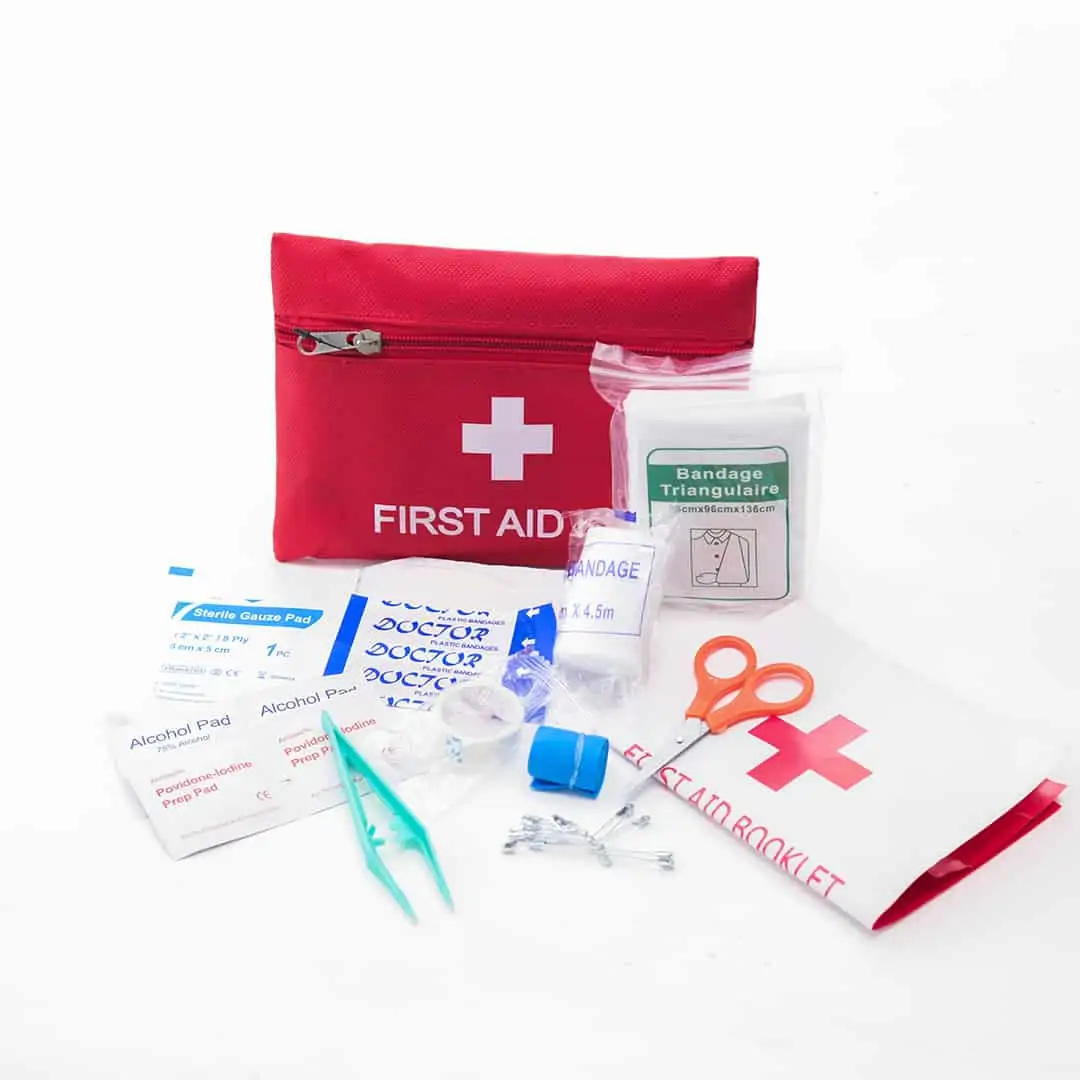
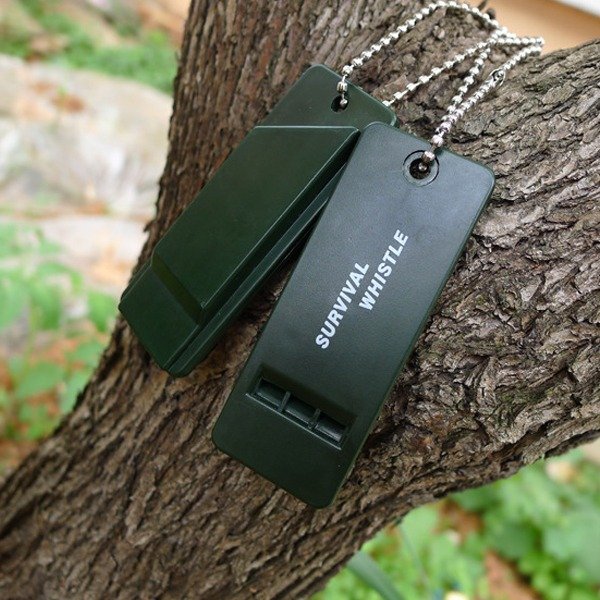
Shop Our Gears
Camp & Hike
TAHAN
COMBO
SLEEP SYSTEM
More tips that you might find useful:
12 Secrets to Getting Cheap Flights in Malaysia
1 Comments
马来西亚露营:户外探险综合指南
Camping in Malaysia: A Comprehensive Guide to Outdoor Adventures
2 Comments
Conquering Mount Kinabalu: A Hiker’s Guide to Malaysia’s Highest Peak
Camp Cooking Gear Guide – Build the Ultimate Camp Kitchen!
Top 5 Most Popular Campsites in Selangor
Ultimate Guide to Tropical Leisure Camping in Malaysia: TAHAN’s Top 5 Gear Picks
The Ultimate Guide to Hammock in Malaysia: Comfort, Adventure, and Relaxation